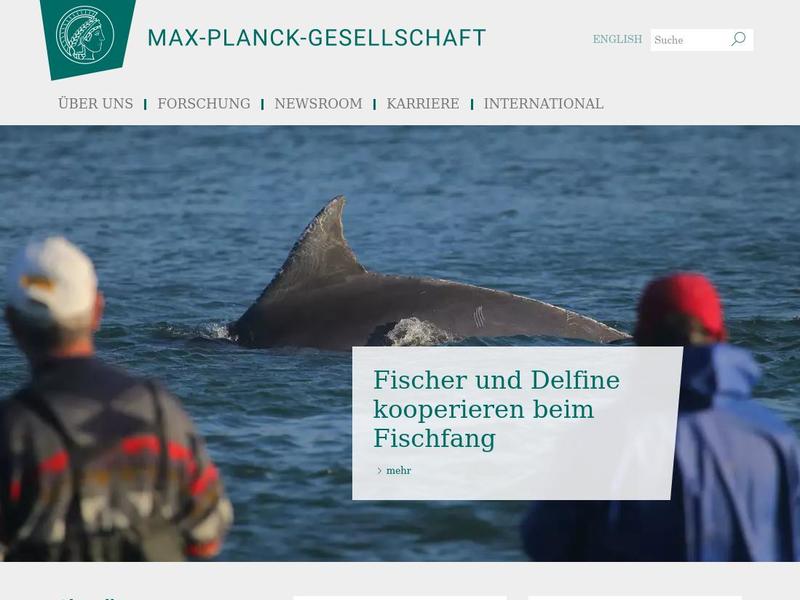Trichomes, hair-like projections on leaves, are part of a plant’s defense against herbivores: they can be obstacles, traps, or reservoirs for toxic substances. The hairs of wild tobacco Nicotiana attenuata contain primarily acyl sugars, which are composed of the common sugar, sucrose, bound to branched chain aliphatic acids, compounds that give baby vomit its distinctive odor. Tiny, freshly hatched caterpillars consume these sweet secretions. However, consuming the sugary exudations from the plant hairs has unwanted side effects for the insects: the caterpillars develop a distinctive body odor, and so does their frass (the term entomologists use for “caterpillar poop”). The Max Planck researchers discovered that ants recognize the caterpillar’s body odor and use the aliphatic acids excreted by the caterpillars after ingestion of acyl sugars to locate their prey. These predatory ants locate the tiny larvae on the plants and carry them back to their nests to feed their young and co-workers. Thus plants use acyl sugars not only as sticky traps against aphids, leaf fleas or spider mites; they can also skillfully utilize them to tag voracious caterpillars with a distinctive smell which makes them easy prey to locate.
“We were actually pretty sure that the volatile fatty acids would attract predators

